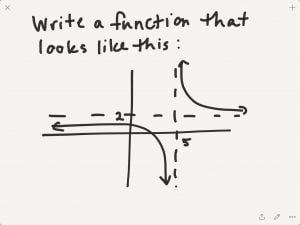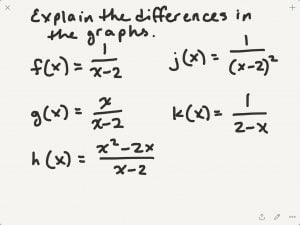In the 2016 AMATYC keynote, I covered three main themes:
- Interaction & Impasse (last post)
- Challenge & Curiosity (this post)
- Durable Learning
Here are references and resources for Challenge & Curiosity:
First, I have to point you to one of my favorite books on the subject, A Theory of Fun for Game Design, by Raph Koster.
Quote from Game Design: “How do I get somebody to learn something that is long and difficult and takes a lot of commitment, but get them to learn it well?” – James Gee
How do players learn a game?
- They give it a try
- They push at boundaries
- They try over and over
- They seek patterns
It looks something like this:

How do we teach students?
- We tell them what we’re going to tell them.
- We tell them.
- We tell them what we told them.
- We have them practice repetitively.
It looks something like this:

Reference: Productive Failure in Mathematical Problem Solving
There’s a much wider body of research on productive failure worth reading.
Video: Playing to Learn Math
Resource: Good Questions from Cornell
Resource: Classroom Voting Questions from Carroll College
Design more activities that let the student figure out the mathematical puzzle, instead of providing all the secrets yourself.





